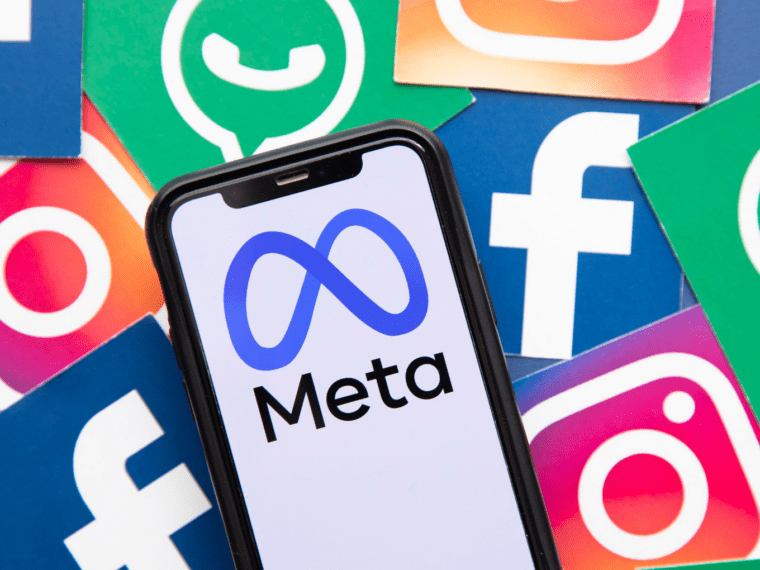- Meta shifts from ‘Made with AI’ to ‘AI info’ labels across apps.
- Change follows complaints over misapplied AI tags on historical photos.
- Meta emphasizes ongoing improvements in AI product labeling.
- New label aims for clearer distinction between AI-enhanced and AI-generated content.
- Rollout begins on mobile apps, with web platforms to follow.
- ‘AI info’ tag retains detailed explanations about AI involvement in image creation.
- Efforts like C2PA aim to standardize AI vs. non-AI image differentiation.
Main AI News:
Meta has announced a change in its labeling strategy, replacing the ‘Made with AI’ tag with ‘AI info’ across its suite of apps. This adjustment comes in response to concerns raised by photographers who found the former label applied erroneously to their photos. Notably, former White House photographer Pete Souza highlighted instances where images, originally captured on film decades ago, were flagged with the AI tag due to modern editing tools.
“We are continuously enhancing our AI products and collaborating closely with industry partners to refine our approach to AI labeling,” stated Meta spokesperson Kate McLaughlin. The new label aims to provide a clearer indication that content may have undergone modifications involving AI tools rather than being entirely AI-generated.
The issue stems partly from how metadata tools such as Adobe Photoshop interact with images and how social media platforms interpret these edits. Following an expansion of its AI content labeling policies, platforms like Instagram and Facebook began tagging real-life photos as ‘Made with AI.’
Initial rollout of the new labeling will commence on mobile apps, with web platforms to follow suit gradually, according to McLaughlin. Clicking on the ‘AI info’ tag will offer users a detailed explanation similar to the previous label, clarifying why it was applied and noting that it encompasses images either fully generated by AI or edited using AI-powered tools like Generative Fill.
Efforts like the C2PA metadata tagging technology aim to simplify distinguishing between AI-generated and authentic images, though widespread adoption remains a work in progress.
Conclusion:
The rebranding of Meta’s AI labeling strategy reflects a responsive approach to user feedback, particularly from photographers concerned about misrepresentation of their work. By adopting the ‘AI info’ label, Meta aims to enhance transparency regarding AI’s role in content creation. This adjustment underscores the growing importance of clear and accurate AI labeling in digital platforms, influencing how users perceive and interact with AI-enhanced content.

